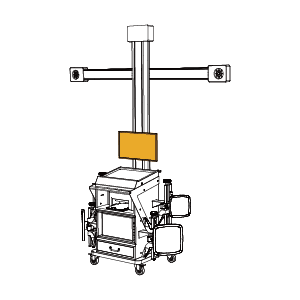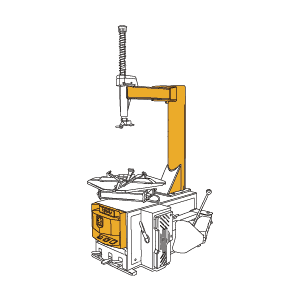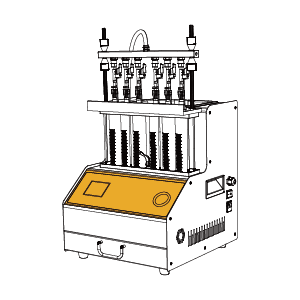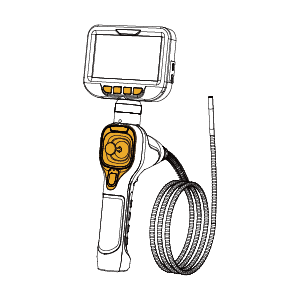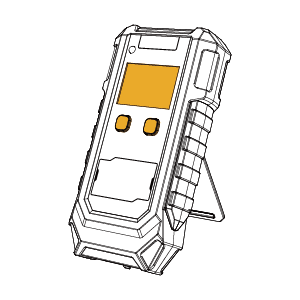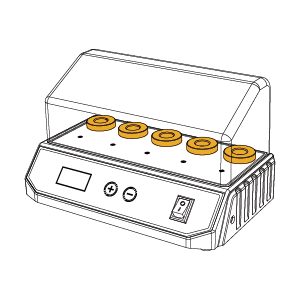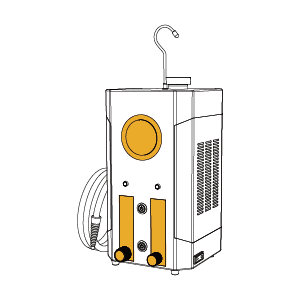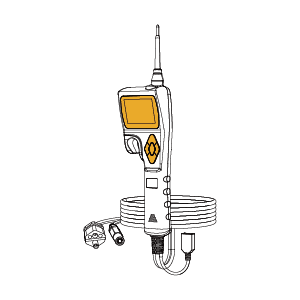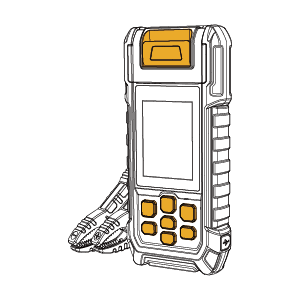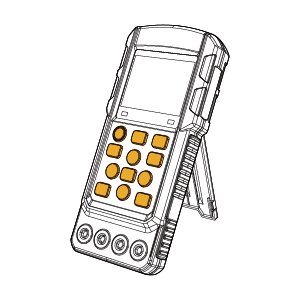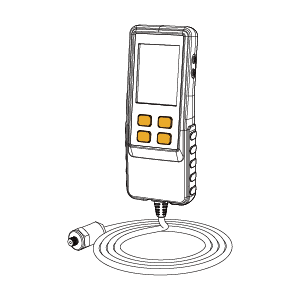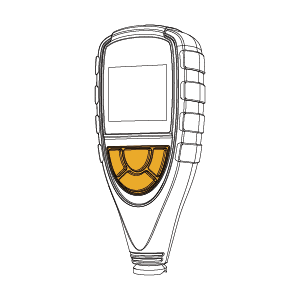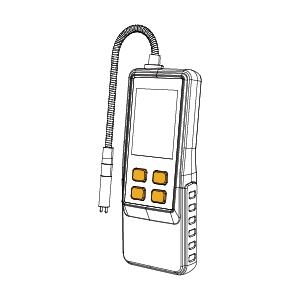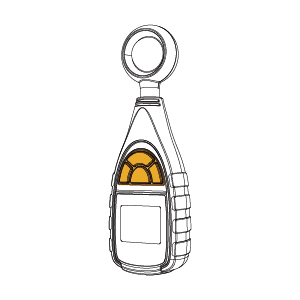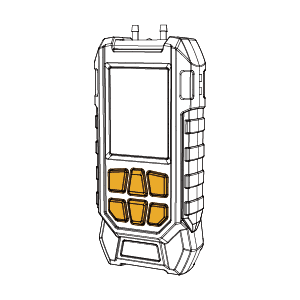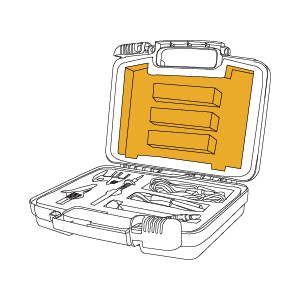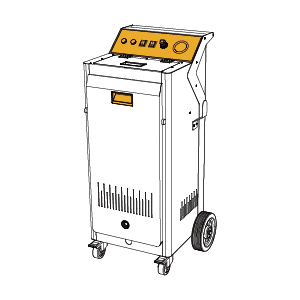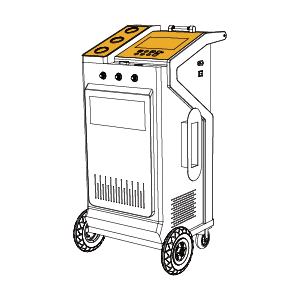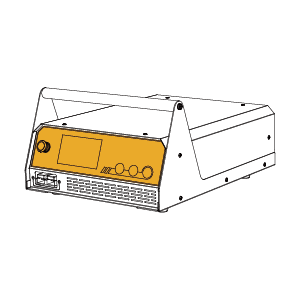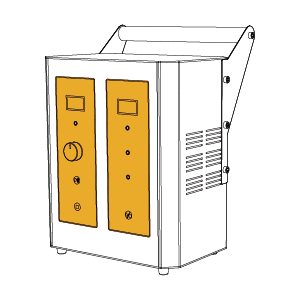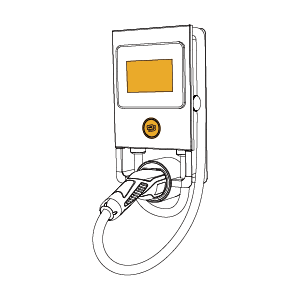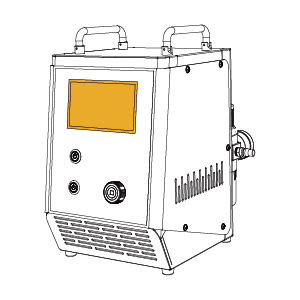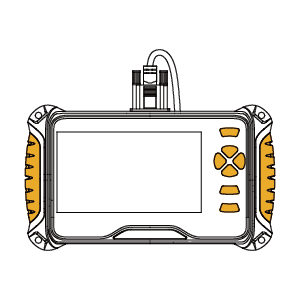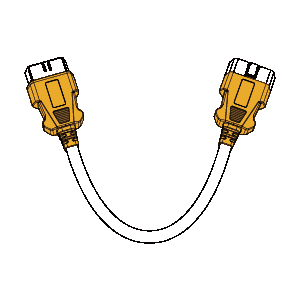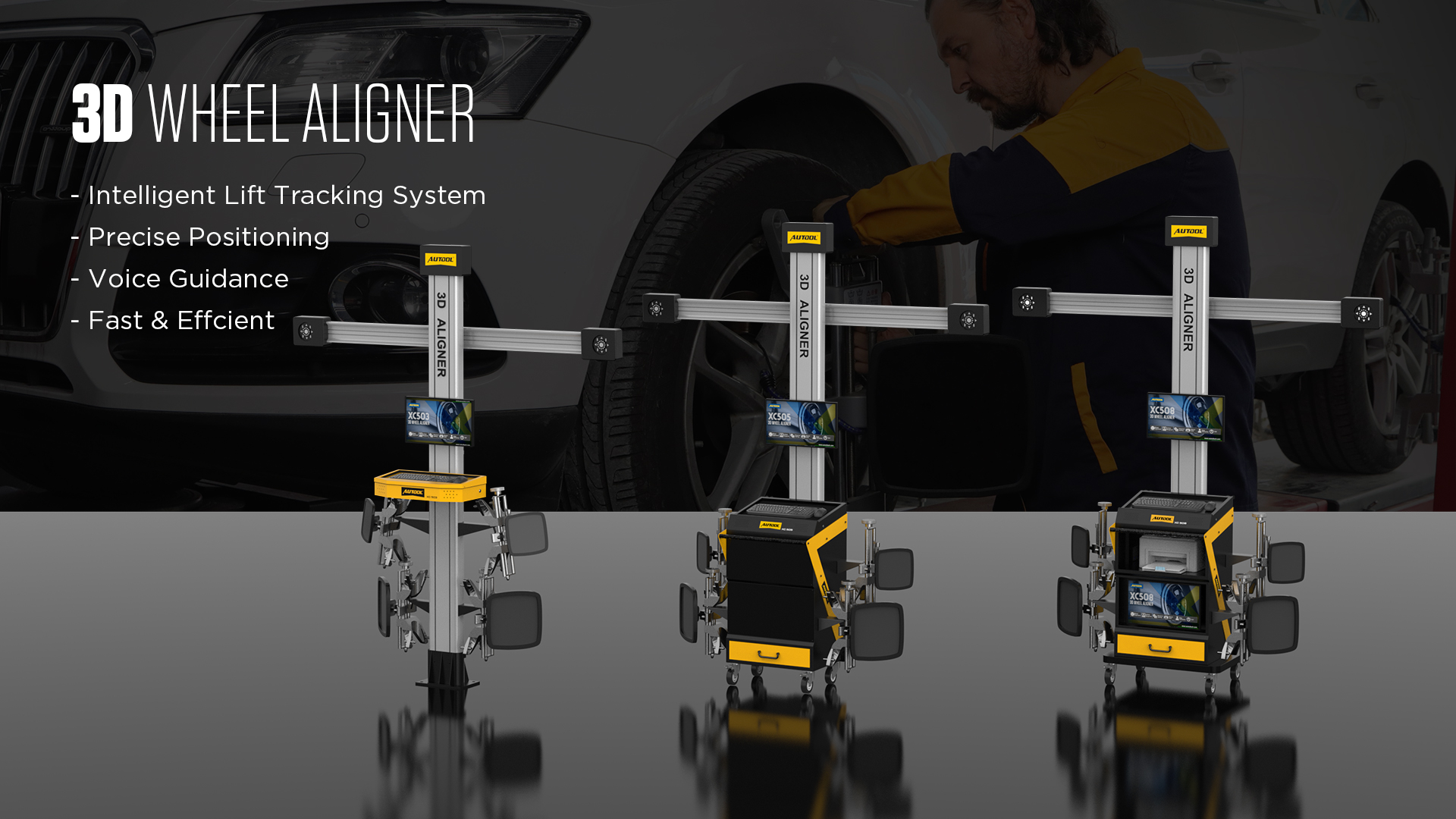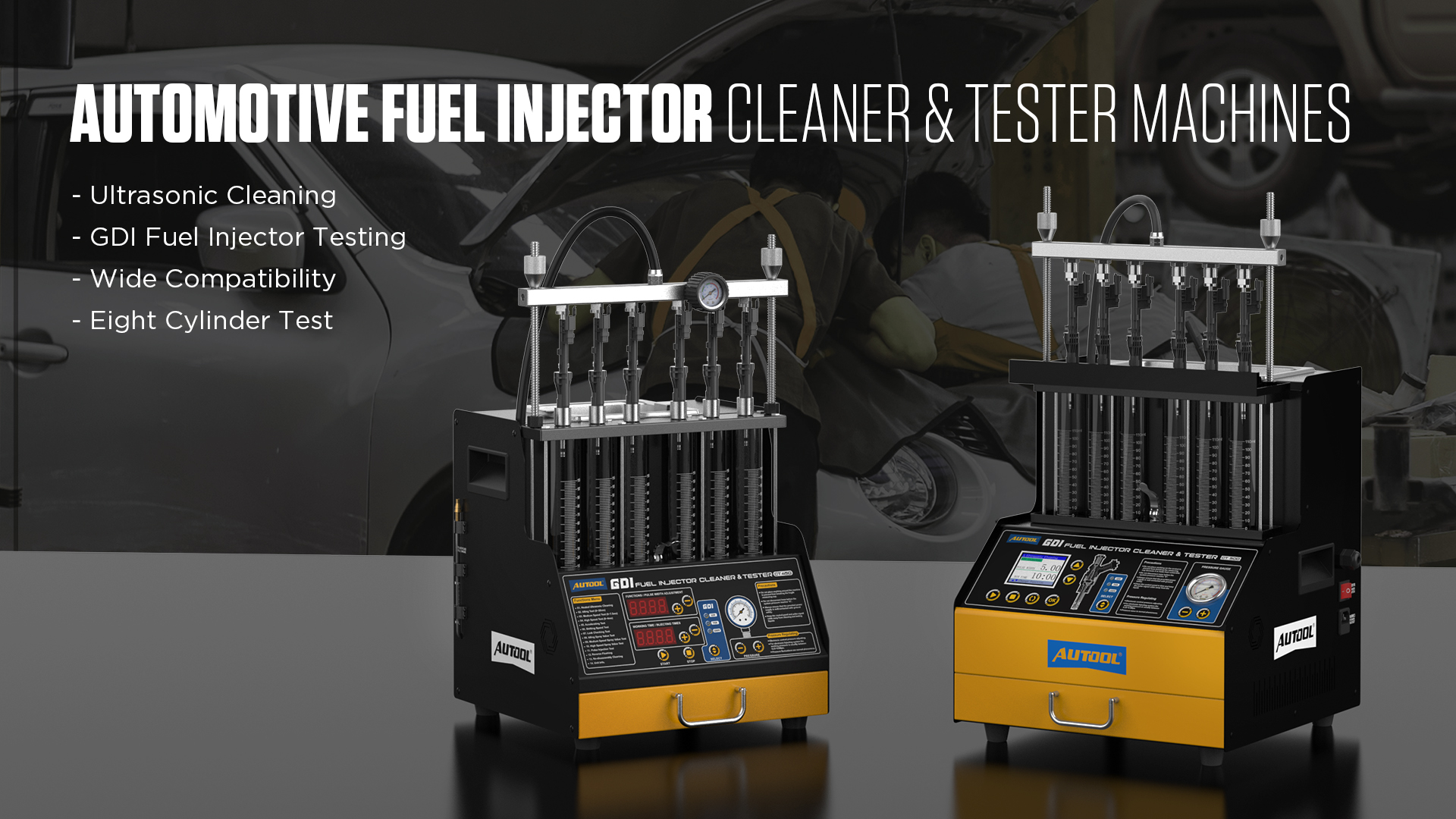Uncategorized
Power-Check Your Ride—Don’t Let Your Car Die on You!
Auto battery and electrical system repairs are often the most dreaded tasks for mechanics—few other issues cause as much frustration and dismay. Electrical gremlins in cars can be triggered by all kinds of events: wrecks, flooding, engine fires, rust or corrosion gradually eating away at components.
Yet the true heartbeat of today’s vehicles lies in their intricate electrical systems. From the ignition to the infotainment, these circuits are completely essential. And with automotive technologies advancing rapidly, these systems only grow more complex. That makes understanding, maintaining, and repairing them absolutely critical for every car owner.
If you’re tackling work on your car’s power system, the following information isn’t optional—it’s essential knowledge you’ve got to learn and master.
What is an automotive electrical system
Modern vehicles aren’t just mechanical machines—they’re also powered by complex automotive electrical systems. Every car contains a network of wires, fuses, relays, and electronic components that deliver current to operate lights, ignition, sensors, infotainment, and more. In gasoline- or diesel-powered vehicles, this system functions as a closed-loop circuit, generating its own power once the engine is running.
While household power in the U.S. typically runs at 110–120 volts, most vehicles operate on a 12-volt electrical system. A fully charged automotive battery stores approximately 12.6 volts when the vehicle is off. Once the engine starts, the alternator takes over, and system voltage typically rises to 13.8 to 14.8 volts, ensuring all components get stable power and the battery recharges properly.
Whether you’re a professional technician or a hands-on car owner, understanding the key components of your car’s electrical system is essential for diagnosing electrical issues or maintaining optimal performance. The core components include:
- Car Battery – Supplies power to start the engine and run electronics when the engine is off.
- Alternator – Generates electricity during engine operation and recharges the battery.
- Starter Motor – Cranks the engine during startup.
- Wiring Harnesses – Distribute power and signals throughout the vehicle.
- Fuses – Prevent electrical overloads and short circuits.
- Relays – Allow low-voltage circuits to safely control high-current systems (like fans or fuel pumps).
How the Car’s Electrical System Actually Works
Modern vehicles rely on their electrical systems now more than ever—powering basic essentials like lights, climate control, and audio—and supporting advanced tech features from ADAS and infotainment to sensors and cameras.
At the heart of the system are the battery and alternator. Together, they send voltage and current through a vast network of wires (the wiring harness), which connects switches, fuses, relays, sensors, and modules throughout the car.
The wiring harness is essentially the vehicle’s nervous system—it carries power and data across the entire vehicle. In most cars, it spans 2–3 kilometers, and in luxury or high-tech models, it can be twice as long—supporting communication between dozens of control modules and hundreds of sensors.
Common Battery & Electrical System Problems and Their Causes
- Sensor Failures: Faulty sensors trigger warning lights on the dashboard and can disrupt other electrical systems, since many components rely on accurate sensor data.
- Blown Fuses: Fuses act as safety valves protecting circuits from overcurrent. When a fuse blows, it often signals an underlying fault—something drawing too much power.
- Low Battery Voltage: The battery supplies power for startup and electrical accessories. When its voltage drops, the system shuts down non-essential components to preserve power for critical functions.
- Wiring Issues: Modern vehicles have wiring harnesses spanning miles, routed throughout the body. Corrosion, impacts, or other damage are common and can interrupt current flow, causing everything from flickering lights to complete circuit failures.
- Relay Malfunctions: Relays act as electrically controlled switches that power high-current systems like headlights and cooling fans. A failing relay can make these systems stop working intermittently or entirely.
- Alternator Failure: The alternator charges the battery and powers electrical systems while the engine runs. When it fails, the battery quickly depletes, leading to power loss and warning lights.
- Battery Failure: Batteries degrade over time—they lose capacity, suffer from sulfation, or simply wear out. A failing battery can no longer deliver the current needed to crank the engine—leaving you stranded.
How to Keep Your Car’s Electrical System in Top Shape
Battery Care: The Heartbeat of Your Electrical System
- Regular Inspections: Car batteries typically last 3–5 years. After two years, consider annual check-ups to assess battery health.
- Cleanliness is Power: Corrosion on battery terminals can hinder performance. Clean terminals with a mixture of baking soda and water using a soft brush.
- Secure Mounting: Ensure the battery is firmly secured to prevent vibrations that can cause internal damage.
Fuse Maintenance: Protecting Your Electrical Circuits
- Timely Replacement: Blown fuses indicate potential issues. Replace them promptly and investigate the underlying cause.
- Correct Specifications: Always use fuses with the manufacturer’s recommended amperage to prevent circuit damage.
Terminal and Connector Upkeep: Ensuring Efficient Power Flow
- Regular Cleaning: Dirty or corroded terminals can impede electrical flow. Clean them periodically and apply a protective layer
- Protection Against Corrosion: After cleaning, applying a thin layer of petroleum jelly can help prevent future corrosion.
Wiring and Insulation Checks: Safeguarding Your Electrical Network
- Regular Cleaning: Dirty or corroded terminals can impede electrical flow. Clean them periodically and apply a protective layer.
- Protection Against Corrosion: After cleaning, applying a thin layer of petroleum jelly can help prevent future corrosion.
- Watch out for critters: Rodents can chew through insulation and cause wires to be exposed. Regular inspections can prevent bigger problems.
Wiring and Insulation Checks: Safeguarding Your Electrical Network
- Routine Inspections: Regularly check for frayed wires or damaged insulation, especially in high-stress areas.
- Protection from Pests: Be vigilant about rodent damage, which can compromise wiring integrity.
- Repairs and Replacements: Use electrical tape for minor repairs, but replace severely damaged wiring to maintain system integrity.
Alternator Monitoring: Keeping Your Charging System Healthy
- Watch for Warning Signs: Dimming lights or a battery warning light on the dashboard may indicate alternator issues.
- Regular Testing: Use a multimeter to check the alternator’s output voltage. A healthy alternator should produce between 13.8 to 14.2 volts.
Professional Inspections: When to Seek Expert Help
- Annual Checks: Even with regular DIY maintenance, have your vehicle’s electrical system professionally inspected at least once a year.
- Advanced Diagnostics: Professionals have the tools and expertise to diagnose and address complex electrical issues.
Understanding Sensors: The Eyes and Ears of Your Vehicle
- Regular Cleaning: Keep sensors, especially external ones like parking and proximity sensors, clean and free from debris.
- Timely Replacement: Faulty sensors can affect vehicle performance. Replace them as needed to ensure optimal functionality.
Grounding: The Unsung Hero of Electrical Systems
- Routine Checks: Inspect ground connections for corrosion or loose fittings, as poor grounding can lead to electrical malfunctions.
- Secure Connections: Ensure all ground connections are tight and free from corrosion to maintain system stability.
Conclusion:
The key to a car’s performance and safety often lies in its electrical system.
Simple handling and regular checkups can prevent unexpected breakdowns and costly repairs.
Remember, your car serves you every day; it’s only safe to make sure its electrical system is kept in tip-top shape.
So what should I check if your electrical system fails? Let’s look forward to the next installment of this blog!

